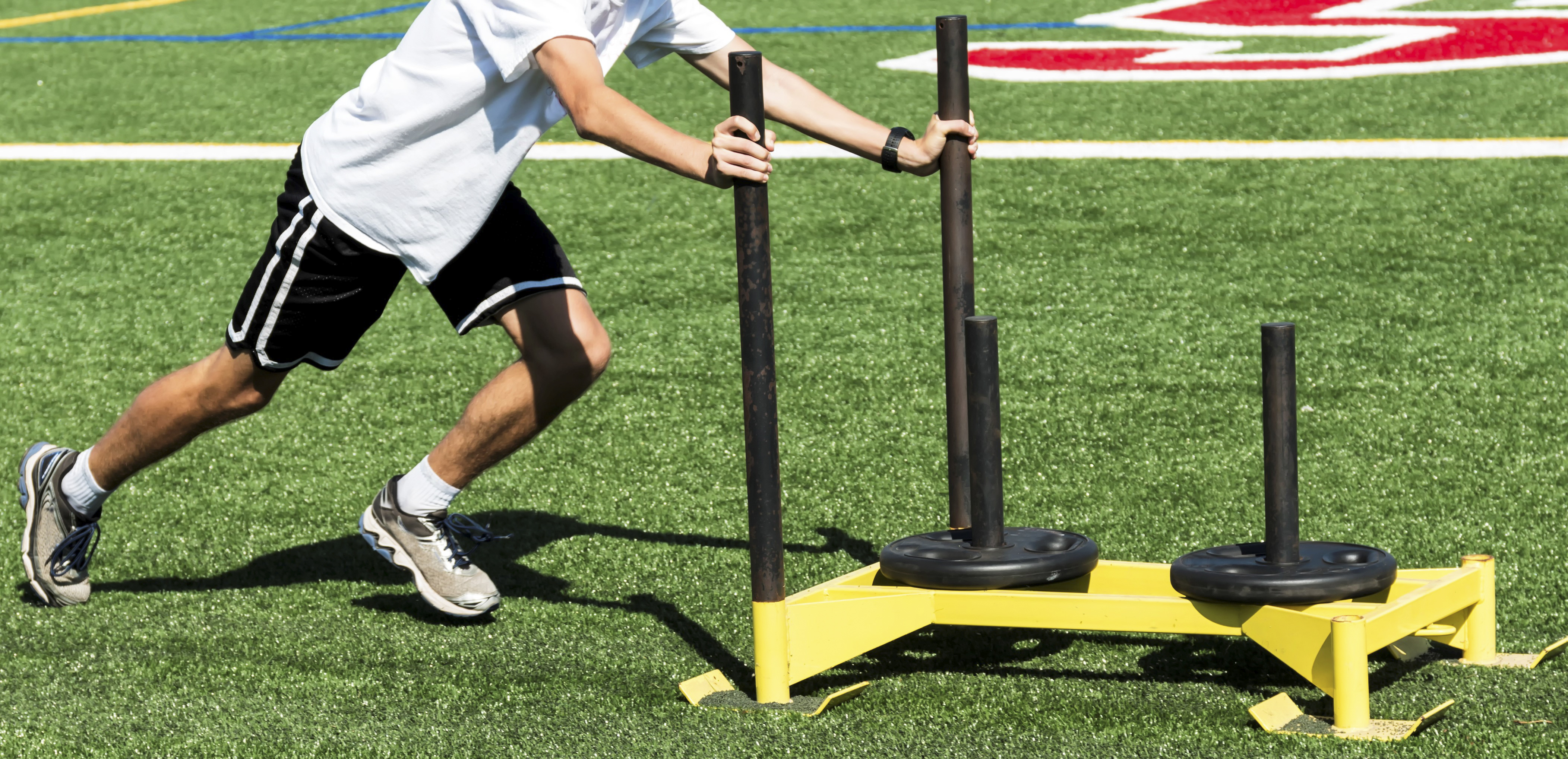Introduction: The Growing Focus on Youth Performance Training
As youth sports become increasingly competitive, there’s been a growing emphasis on  performance enhancement programs aimed at improving athletic performance, strength, and agility. However, it’s essential that adolescents train smart to develop a solid foundation for long-term health and success. Effective performance training involves more than just increasing speed or strength. It’s about developing an athlete who is well-rounded, resilient, and capable of thriving without risking long-term injury or burnout.
performance enhancement programs aimed at improving athletic performance, strength, and agility. However, it’s essential that adolescents train smart to develop a solid foundation for long-term health and success. Effective performance training involves more than just increasing speed or strength. It’s about developing an athlete who is well-rounded, resilient, and capable of thriving without risking long-term injury or burnout.
The Foundation for Injury Prevention
 A key factor in adolescent performance enhancement training is strength and conditioning, which provides the foundation for injury prevention. By focusing on developing both strength and endurance, young athletes can create a solid physical base that supports their growth in speed and agility. This foundation minimises the risk of injuries as the body becomes stronger and more resilient. Alongside strength training, speed and agility drills are essential to improve coordination, quickness, and overall athletic performance. These drills challenge the body to move faster while maintaining control. Which is particularly beneficial in most sports that require rapid directional changes.
A key factor in adolescent performance enhancement training is strength and conditioning, which provides the foundation for injury prevention. By focusing on developing both strength and endurance, young athletes can create a solid physical base that supports their growth in speed and agility. This foundation minimises the risk of injuries as the body becomes stronger and more resilient. Alongside strength training, speed and agility drills are essential to improve coordination, quickness, and overall athletic performance. These drills challenge the body to move faster while maintaining control. Which is particularly beneficial in most sports that require rapid directional changes.
The Importance of Recovery and Nutrition
Equally important is the role of recovery and nutrition. Without proper recovery time and balanced nutrition, even the best training programs can fall short. Adolescents need to fuel their bodies with the right nutrients to promote growth. Also, to maintain energy levels and ensure effective recovery from training sessions. Failing to prioritize recovery can result in fatigue, decreased performance, and increased injury risk. Nutrition provides the building blocks necessary for muscle repair and optimal energy, which is essential for young athletes looking to sustain their performance in the long run.
Unfortunately, many adolescent athletes make common mistakes that hinder their progress. One of the most frequent is overtraining, where young athletes push their bodies too hard without allowing adequate recovery time. This can lead to physical and mental fatigue, as well as a higher risk of injury. Similarly, a lack of mobility work can limit flexibility and reduce the range of motion, which can have a direct impact on performance. Neglecting recovery altogether leads to burnout, which not only impacts athletic performance but also decreases the athlete’s enthusiasm for training and competition.
Working with a Trainer
 Find a trainer that specialises in customised approaches to adolescent performance. Where each program is tailored to the athlete’s age, sport, and fitness level to ensure they’re progressing in the most efficient and safe way possible. With emphasis on injury prevention throughout the process, ensuring that stabiliser muscles are strengthened and mobility is optimised
Find a trainer that specialises in customised approaches to adolescent performance. Where each program is tailored to the athlete’s age, sport, and fitness level to ensure they’re progressing in the most efficient and safe way possible. With emphasis on injury prevention throughout the process, ensuring that stabiliser muscles are strengthened and mobility is optimised
Ultimately, the key to adolescent performance is to train smart and prioritise the foundation of strength, mobility, and recovery. This structured approach ensures that young athletes not only improve their athletic performance but also avoid the injuries and burnout that often come from improperly planned training. By fostering safe and effective training practices, we help athletes build the skills they need to thrive and excel in their chosen sport—while maintaining their long-term health and wellbeing.
References:
- Faigenbaum, A. D., & Myer, G. D. (2012). “Resistance training for youth: A safe and effective way to improve performance.” Journal of Strength and Conditioning Research, 26(7).
G3 Coaching And Consulting



